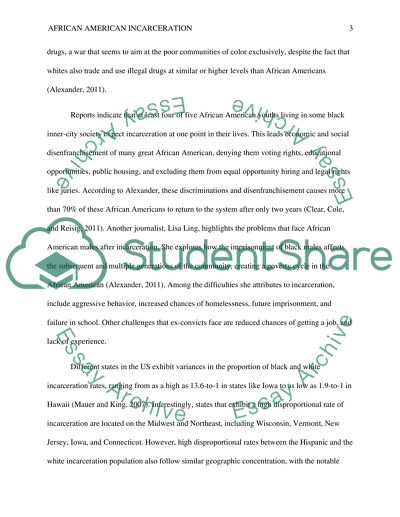Cite this document
(“African American men and the prison system Research Paper”, n.d.)
African American men and the prison system Research Paper. Retrieved from https://studentshare.org/english/1442900-african-american-men-and-the-prison-system
African American men and the prison system Research Paper. Retrieved from https://studentshare.org/english/1442900-african-american-men-and-the-prison-system
(African American Men and the Prison System Research Paper)
African American Men and the Prison System Research Paper. https://studentshare.org/english/1442900-african-american-men-and-the-prison-system.
African American Men and the Prison System Research Paper. https://studentshare.org/english/1442900-african-american-men-and-the-prison-system.
“African American Men and the Prison System Research Paper”, n.d. https://studentshare.org/english/1442900-african-american-men-and-the-prison-system.


